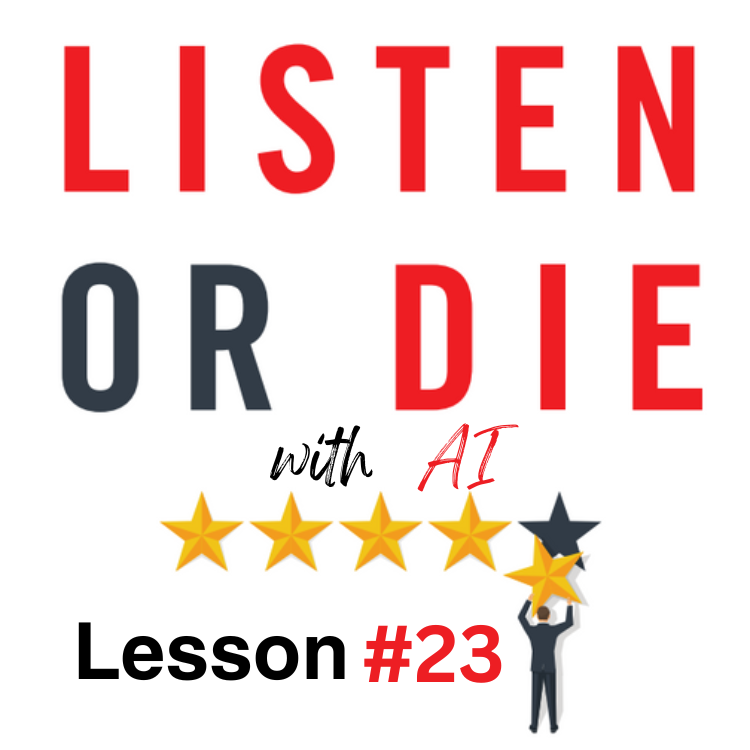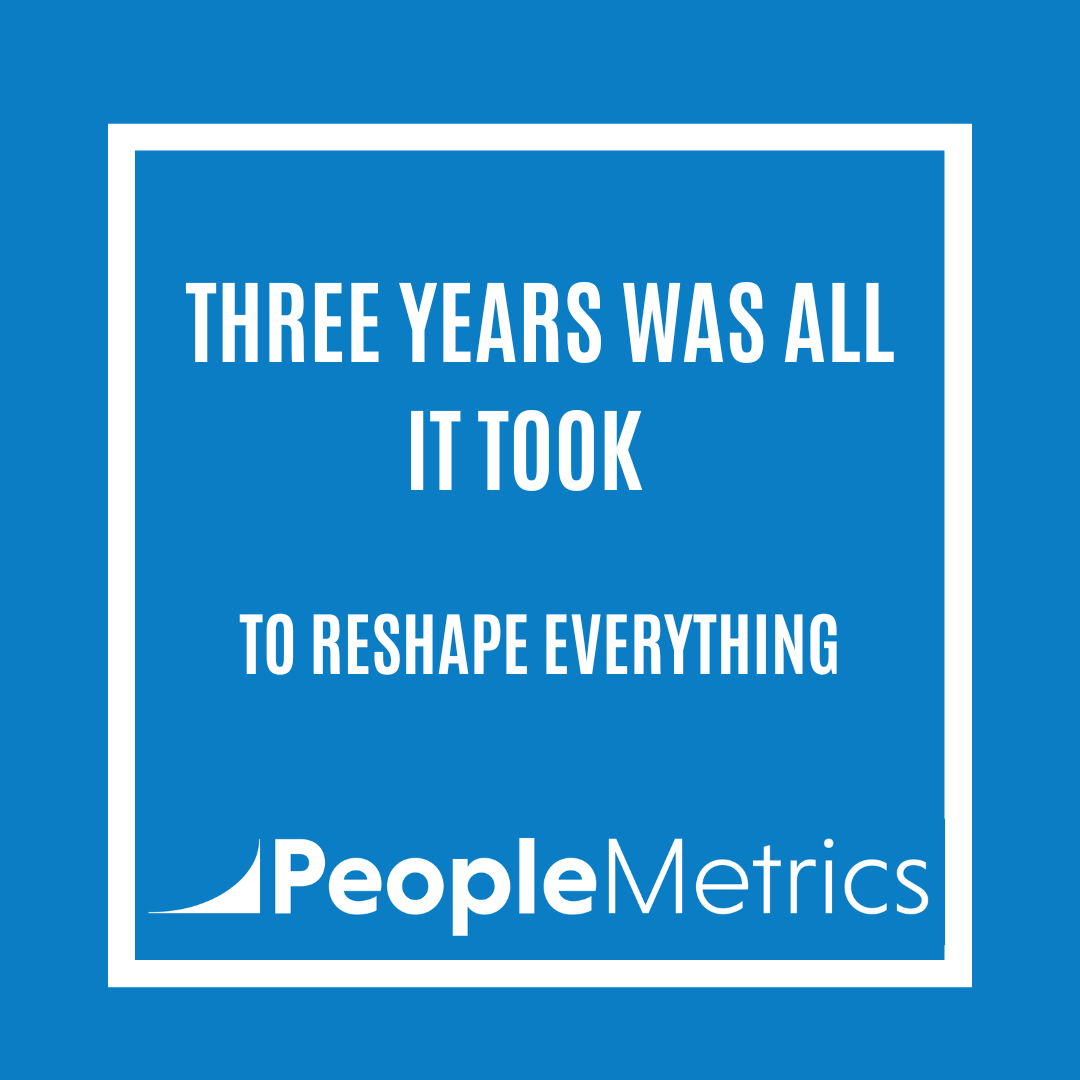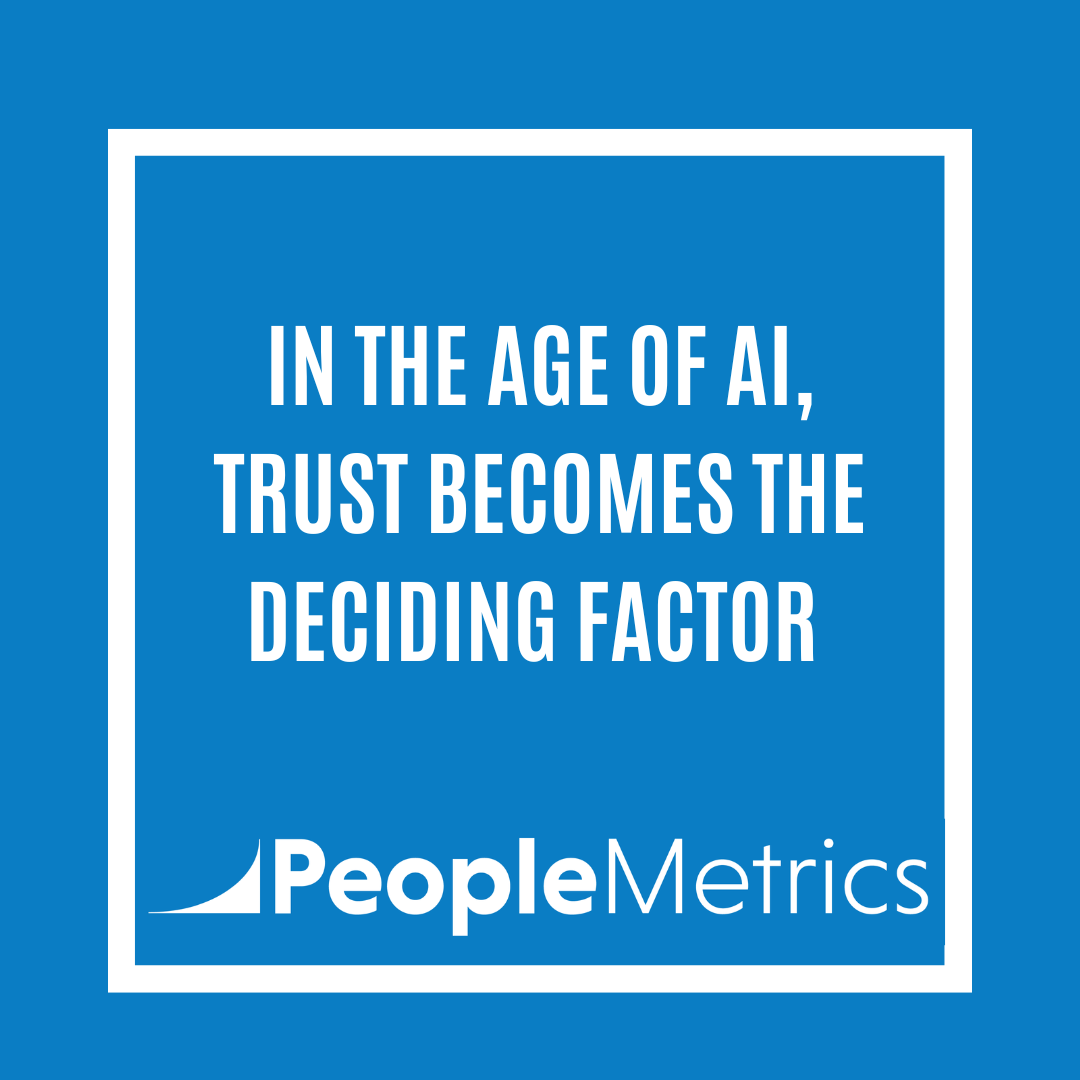If you are a CX or market research professional, your VoC program’s success—and likely your job—depends on the health of your transactional surveys.
So, you have mapped your touchpoints, conducted a relationship survey, piloted your transactional survey, and trained your key users.
Now, the next big question is: are your surveys working?
Even if you’ve got beautifully crafted questions, a low response rate or a confusing survey can derail everything.
Survey health means ensuring that customers can quickly and easily provide feedback about their recent experiences.
In other words, are your customers filling out the survey and do you know why (or why not)?
In a well-tuned VoC program, a transactional survey should take no more than three to five minutes—short enough to match the actual customer interaction.
If your survey takes longer than the experience itself, you’re in trouble.
This is where AI is starting to make a difference. AI-driven tools can help optimize survey health in several ways:
- Real-Time Quality Control:
AI can monitor survey response patterns in real time, flagging questions that consistently lead to high abandonment rates or uniform responses. For example, if AI detects that a specific question is causing respondents to answer “3” across the board, it can alert you to a potential flaw in wording or logic. This lets you adjust the survey before widespread issues occur. - Adaptive Survey Design:
Using historical data, AI can suggest adjustments to survey length and even question order to reduce fatigue. It can even dynamically adjust the survey on mobile devices to ensure that questions are clear and easy to answer, tailoring the experience to different customer segments. This means that whether a customer is a millennial who prefers a text message survey or a baby boomer who prefers email, the survey is optimized for their channel. - Automated A/B Testing:
AI can run simultaneous tests on different email invitation templates, subject lines, or question formats, quickly determining which version yields the best response rates. With these insights, you can continually refine your approach, ensuring that the survey invitation is as personalized and engaging as possible. - Instant Feedback on Survey Health:
Modern VoC platforms equipped with AI provide dashboards that track key metrics—like completion rates, partial completions, and survey abandonment—allowing you to see in real time if your survey is healthy. However, while AI brings these insights to the table, it’s up to you and your team to interpret the data and make strategic decisions about changes.
Despite these powerful AI enhancements, the human touch remains essential!
AI might tell you that your survey is too long or that a particular question is causing drop-offs, but it’s the CX professional’s job to decide how to reframe the question, which touchpoints are most critical, and how to act on the insights provided.
Ultimately, survey health isn’t just about technology—it’s about creating a seamless, frictionless feedback experience for your customers, and that requires a blend of AI and human empathy.
Your Turn
How are you leveraging AI to optimize your survey health? Have you found that automated insights make a difference in response rates or survey clarity? Let me know in the comments!





